Local teacher shortage
The 2023-2024 school year is about to begin, but there are still many major concerns that affect the quality of teaching and learning. Among them, the shortage of teachers is the most difficult problem.
According to statistics, the country is currently short of 118,253 teachers, an increase of 11,308 people compared to the 2021-2022 school year (preschool level increased by 7,887 people, primary level increased by 169 people, secondary level increased by 1,207 people, high school level increased by 2,045 people).
In addition to the shortage of teachers, the structure of the teaching staff is also unbalanced between subjects in the same grade level, between regions with different socio -economic conditions; the surplus and shortage of teachers is still common in many localities, especially teachers teaching new subjects (English, Information Technology, Music, Fine Arts) but is slowly being overcome; the quota for allocating teachers to localities is mostly lower than the actual demand.
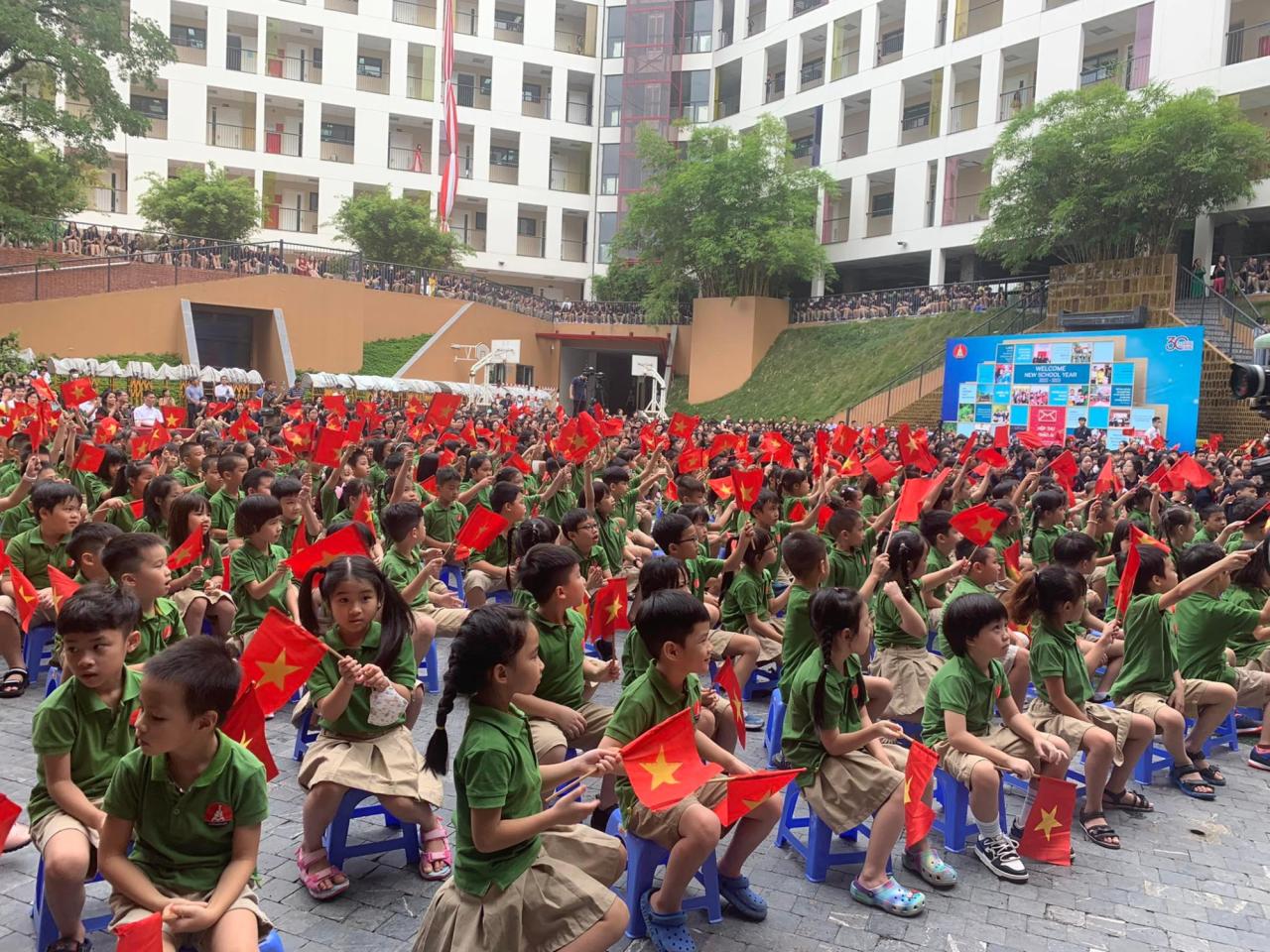
The 2023-2024 school year is facing many barriers that need to be addressed early to improve the qualityof education (photo by Trinh Phuc).
The reason for the teacher shortage is that the number of children attending school in the 2022-2023 school year increased by 132,245 children compared to the previous school year (equivalent to the need for an additional 5,500 teachers). At the primary level, the rate of 2-session/day classes in the 2022-2023 school year increased by 4.6% compared to the previous school year (equivalent to an increase of 10,811 2-session/day classes, requiring an additional 3,000 teachers).
High school level increased by 669 classes compared to the previous school year (equivalent to needing to increase about 1,500 teachers). In addition, in the 2022-2023 school year, nationwide, more than 19,300 public teachers retired and quit (including 10,094 retired teachers and 9,295 quit teachers).
In addition, due to the planning and forecasting of teacher needs that are not close and do not keep up with reality; population fluctuations, labor migration between regions in large numbers and without rules; the 2018 General Education Program stipulates that Primary schools organize 2 sessions/day; add some new, compulsory subjects, add local education lessons, experiential activities, and career guidance.
The recruitment of general education teachers in localities is still inadequate and untimely due to lack of recruitment sources (according to the training qualification standards in the 2019 Education Law); Lack of mechanism to attract and retain teachers to the profession, low salaries for newly recruited teachers; the implementation of the policy of streamlining 10% of the payroll in administrative and public service agencies in many localities is still carried out mechanically. Some localities do not recruit new teachers to implement the policy of streamlining 10% of the payroll.
Lack of motivation
Not only is there a shortage of teachers, but many teachers lack motivation to teach. This stems from low salaries and unstable lives. Many teachers have to do other jobs to earn more income. They change their main job to a secondary job, or they are not passionate about the job. The situation of teachers quitting, changing jobs, and lacking enthusiasm for their work is a barrier to improving the quality of education.
Last school year alone, 9,295 teachers quit their jobs. Many predict that the number of teachers quitting their jobs in the coming years will not stop.
Lack of professional expertise
Currently, the teacher's qualifications meet the standard. But because of integrated teaching, teachers have to teach outside their major. Chemistry teachers teach Physics and Biology. Geography teachers teach History and vice versa.
Although teachers are trained and exchanged in professional skills, in a short time, they cannot fill the knowledge gap. In particular, the general education program is heavy on knowledge, with a lot of academic knowledge, so teachers cannot meet the requirements overnight. Integrated teaching has gone from being one of the core of innovation to becoming a bottleneck in the implementation of teaching and learning today. Many teachers confided that they really do not understand why integrated teaching exists when knowledge requires depth. In addition to integrated subjects, foreign languages are also a problem. Many localities do not have teachers, so foreign language teaching is organized online. Teaching in a state of online teaching for a whole year is also a matter of concern. In mountainous districts with difficulties, recruiting foreign language teachers to teach is a huge challenge. Therefore, the quality of foreign language teaching is also a bottleneck that cannot be solved in one school year.
Lack of facilities
The requirements of general education programs are increasingly high, students must achieve many qualities and abilities, including the ability to self-study. To self-study, there must be a library, free internet, documents, and supplementary books.
However, not all schools have the facilities for students to study. Many schools do not have libraries. For schools that have reading libraries, in reality, the reading rooms are lacking in reference materials, textbooks, cramped reading spaces and lack of desks and chairs. There are still some classrooms that are not solidly built, with thatched houses and mud walls. Teaching in such a context is very difficult to meet quality standards.
The problem of tutoring and experiential tourism
Extra teaching and learning are based on demand, "studying literature, practicing martial arts". However, extra teaching to the point of being a problem is a negative side. Many schools organize extra teaching in the style of "filling in the blanks". As long as there is extra time, extra teaching is organized. Currently, the joint teaching of English in schools is organized in the form of businesses bringing in outside teachers to teach the main course in the school. Teaching is paid for, according to the ratio of profit sharing between the school and the business. This form is causing too many painful problems. In addition, not only is extra teaching organized in schools, but teachers also cooperate to teach at centers and at home. Students studying the main course attend extra classes. This leads to the situation of extra teaching becoming main teaching and vice versa "main teaching becoming extra teaching".
The new general education program is designed to be relatively open, so that schools, teachers and students have time to organize experiential activities, clubs, games, etc. to increase physical activity and group activities. However, when put into practice, it becomes a disguised form of traveling, camping, and tutoring. Many students have died because of going on tours organized by schools in conjunction with businesses.
Source










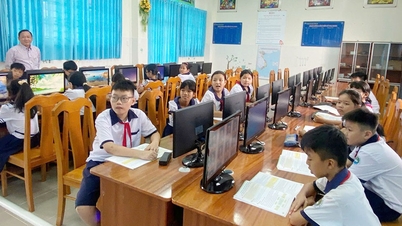



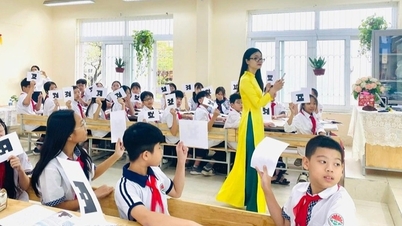



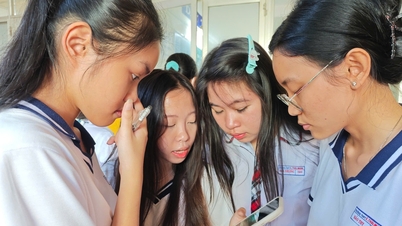

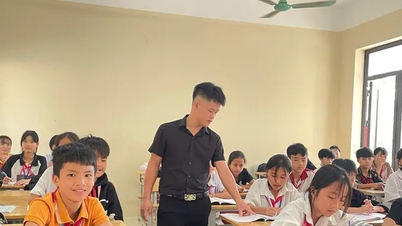

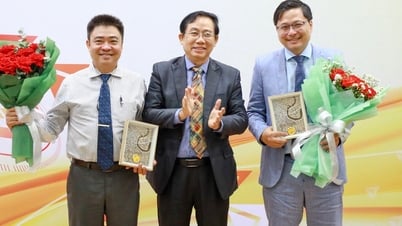
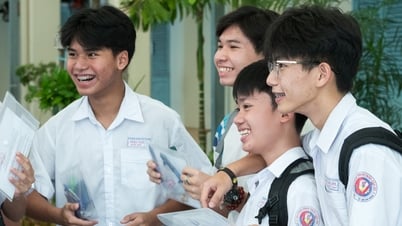















































































Comment (0)